

A City of Copper
|
When you visit a temple in Japan and chance upon the Buddhist statues, temple bells, incense burners or lanterns, there is a high possibility that they were made in Takaoka city, Toyama Prefecture. Besides these large items, you can also find them made as smaller items such as tea ceremony utensils, vases, wind chimes, and tableware. In fact, the city has the highest production of copper in Japan and its symbol is the Great Buddha of Takaoka, known as one of the three Great Buddha statues of Japan.
The origins of Takaoka copperware can be traced back to the beginning of the 7th Century, during the Edo period. It was around this time when the feudal lord Toshinaga Maeda acquired Takaoka castle, and seven casting masters were brought over to develop the area around the castle. This led to the building of a casting plant, and the production of iron goods such as farm tools. Later on, production of copperware started as well. The industry flourished due to the local feudal government’s active role in protecting and promoting it. Besides being distributed across Japan, Takaoka copperware was even showcased overseas at World Expositions in London and Paris during the Meiji period. The industry continued to develop steadily and strongly into the Taisho period, as demand for Takaoka copperware grew. Later on, it was even designated as one of Japan’s first traditional handicrafts in 1975. Possessing over 400 years of history, Takaoka copperware is recognised for its strength, flexibility, as well as requiring great skill during its production. First, a template for the item is created using fire-resistant materials. The molten metal to be poured into the template is also refined beforehand by removing foreign matter and increasing its purity. After which, casting takes place at around 1150 – 1250℃. The temperature is an important factor, as the surface of the final cast will turn rough if the temperature is too high. Once the casting is done, the copper is left to cool and solidify, before the final product is removed from the template. However, that is not the end of the production process. The copper may be further polished, engraved, inlaid or coloured. Polishing consists of both physical and chemical polishing, in order to smooth out any uneven surfaces. Intricate designs may also be engraved into the copper. Such metal castings with carvings are known as karakane imono, and was first developed with Takaoka copperware. As for inlaying, there are a few different types: line inlays, cut and insert inlays, high relief inlays. Basically, other metals are applied to the surface. Colouring refers to using natural materials and chemicals to for further enhancement. All of these techniques can be combined in different ways, and create Takaoka copperware in a variety of styles. Today, many of the bronze statues of anime characters that we see in Japan such as Doraemon, GeGeGe no Kitaro or Sazae-san are actually made from Takaoka copperware. Since their copperware is highly regarded, it is also actively exported overseas. Unknowingly, you might have already seen Takaoka copperware! |
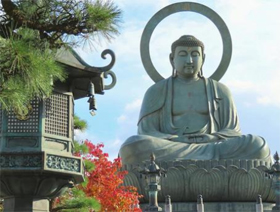 Great Buddha of Takaoka © photoAC 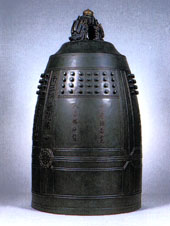 A temple bell © Web Japan 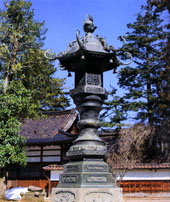 A garden lantern © Web Japan 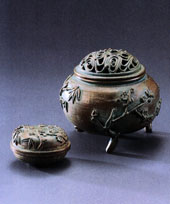 An incense burner © Web Japan 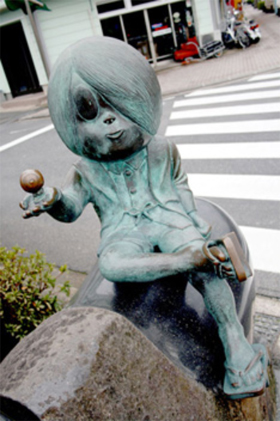 Bronze statue of Kitaro © Kids Web Japan |
Resources
|
“Takaoka copperware”. 2022. Kogei Japan. Accessed 14 October. https://kogeijapan.com/locale/en_US/takaokadoki/. “Takaoka Copperware”. 1995. Japan Atlas. Accessed 14 October. https://web-japan.org/atlas/crafts/cra11.html. “Takaoka copperware Traditional crafts from Toyama prefecture”. 2022. Japan Design Store. Accessed 14 October. https://japan-design.imazy.net/en/lifestyle/takaoka-copperware/. “Takaoka Copperware”. 2014. Toyama Tourism Organization. Accessed 14 October. https://foreign.info-toyama.com/en/product/copper.html. |
|
Japan Creative Centre 4 Nassim Road, Singapore 258372 +65 6737 0434 / jcc@sn.mofa.go.jp https://www.sg.emb-japan.go.jp/JCC/ Nearest parking at Orchard Hotel & Delphi Orchard |
 |